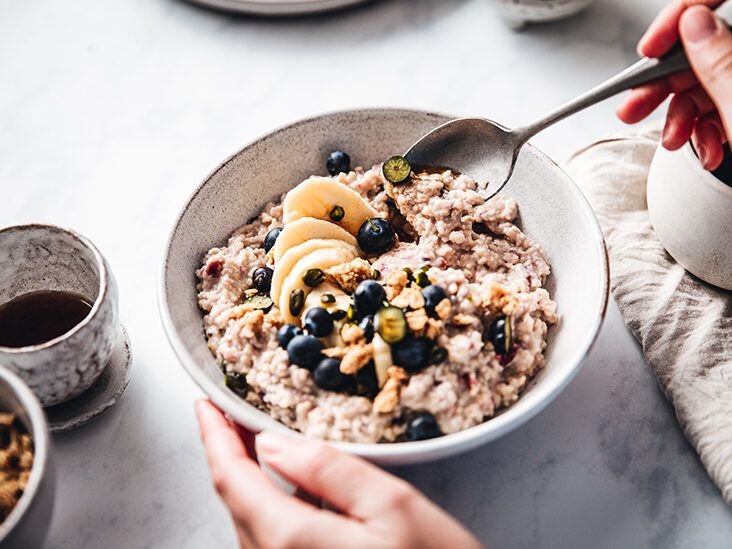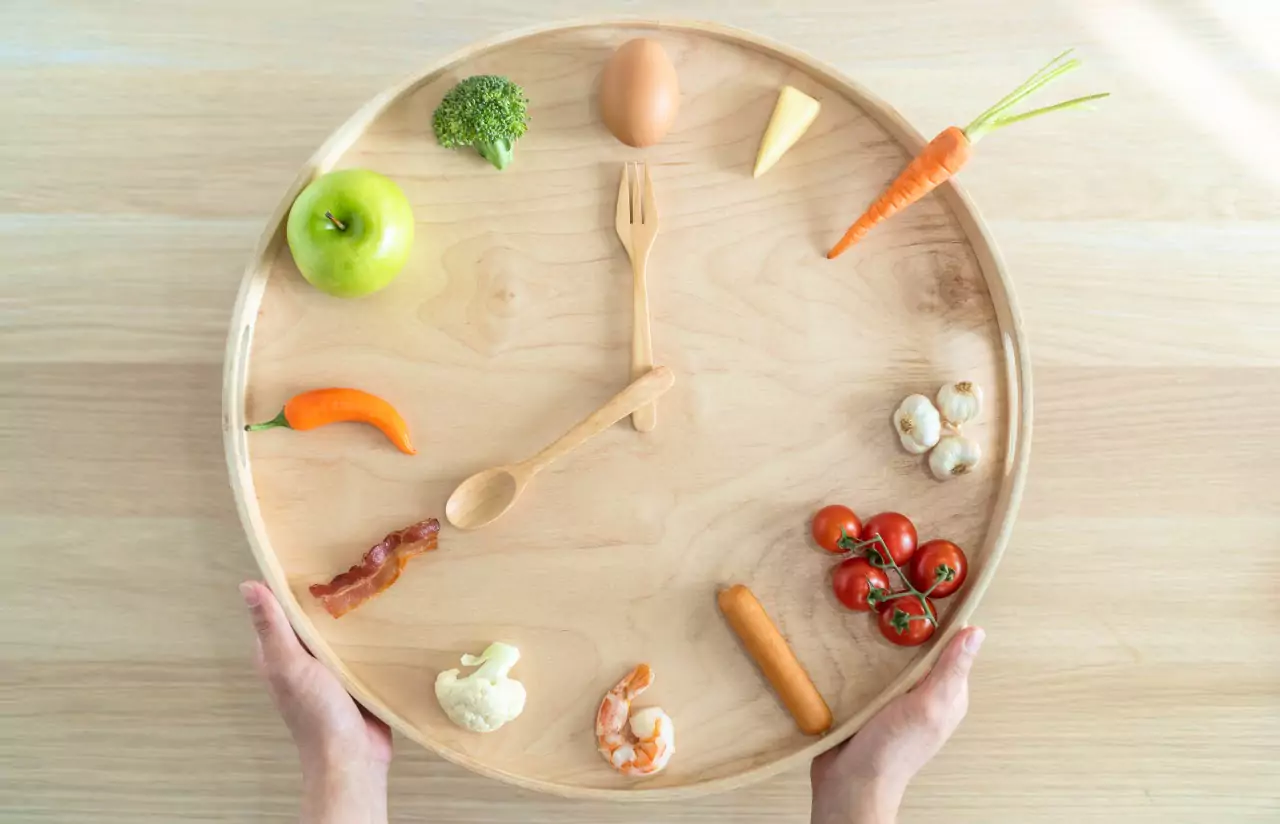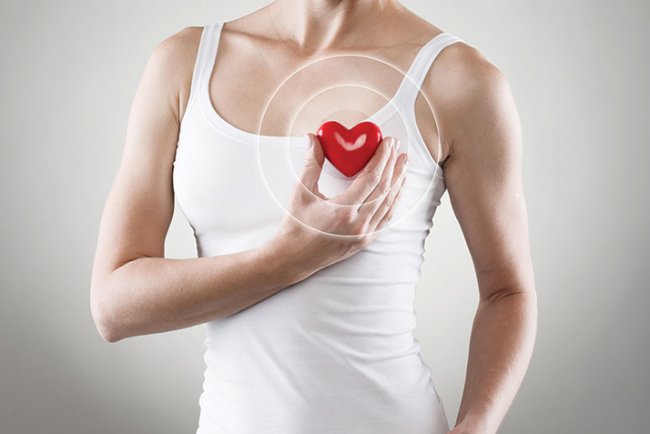What’s a Healthy Breakfast? Rethinking the First Meal of the Day
If you asked someone to name a “classic breakfast,” you’d likely hear the usual suspects: cereal, toast, bagels, muffins, pancakes, waffles, maybe even bacon and eggs. But here’s the twist: what we’ve long been sold as the “most important meal of the day” may not be quite what we think.

Breakfast is literally the way we break our fast from the night before. But that doesn’t mean you need to scarf something down at 7 a.m. sharp. In fact, not feeling hungry first thing in the morning is perfectly normal. That old belief about jump-starting your metabolism by eating immediately after waking up? Largely a marketing story spun by you guessed it cereal companies.
Overnight Fasting: Easier Than It Sounds
Research is stacking up in favor of intermittent fasting for weight control, better metabolic health, and improved energy. The simplest version is overnight fasting, sometimes called circadian rhythm intermittent fasting.
Here’s how it works:
You finish eating between 5 and 8 p.m. (bonus: late-night snacking disappears).
You go to bed, sleep as usual, and hold off eating until late morning somewhere between 9 a.m. and noon.
During the fasting hours, you stick to liquids like water, black coffee, unsweetened tea, seltzer, or even broth.
Boom you’ve just fasted for 16 hours without really noticing. Meals then happen during an 8-hour window, ideally packed with plants, lean proteins, legumes, healthy fats, and whole grains. Studies show this rhythm can lower blood sugar and insulin levels while supporting healthy weight loss.
Of course, not everyone should fast this long. Kids, teens, people with certain medical conditions, or those on specific medications may need breakfast earlier.
Breaking the Fast the Smart Way: Think Low Glycemic

Whether you eat at dawn or closer to lunch, how you break your fast matters. Meals that keep blood sugar steady give us sharper focus, more energy, and fewer crashes. That’s where glycemic load comes in.
The short version:
Low glycemic load (under 10) = steady energy
Medium (11–19) = moderate spike
High (20+) = blood sugar rollercoaster
Plants, fruits, vegetables, beans, lentils, nuts, seeds, and whole grains are usually in the “low” category. Foods like eggs, meat, and nuts have almost no glycemic load at all, though they’re missing fiber and plant nutrients. So the healthiest breakfasts tend to be a smart mix: protein + plants + fiber + healthy fats.
So, What Does a Healthy Breakfast Look Like?

You don’t need a fancy recipe book to start your day right. Here are some flexible, fuss-free ideas:
Plain yogurt with fruit and nuts – creamy, crunchy, naturally sweet.
Oatmeal with berries and walnuts – hearty, filling, endlessly customizable.
Whole-grain toast with almond or peanut butter – fast fuel with staying power.
Black beans with a whole wheat or corn tortilla – savory, fiber-rich, and satisfying.
Veggie-packed frittata – eggs meet frozen veggies in a skillet; easy for two, or stretch it to feed four.
These breakfasts aren’t about deprivation, they're about fuel. A healthy morning meal should keep you steady, focused, and satisfied, not buzzing and crashing like a sugar-fueled rollercoaster.
The Bottom Line
A “healthy breakfast” isn’t about the hour you eat it’s about what’s on your plate (or in your bowl). When you do choose to break your fast, focus on low-glycemic, nutrient-rich foods that combine plants, protein, and healthy fats. Whether that’s a bowl of oats, a veggie omelet, or beans wrapped in a tortilla, your body will thank you with sharper focus, steadier energy, and fewer cravings.
So the next time someone insists you “need breakfast the moment you wake up,” you can smile, sip your coffee, and know the truth: it’s not about when you eat, but what you eat.
What's Your Reaction?




















